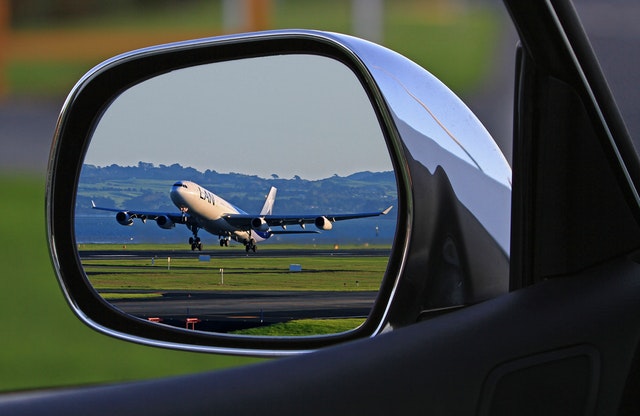Increasing travel to the United States is the most effective form of economic stimulus
Supporting communities, injecting billions into the U.S. economy and creating millions of new American jobs. Recapturing America’s historic share of worldwide overseas travel would create up to 1.3 million U.S. jobs by 2020 compared with 2010 and produce $859 billion in cumulative additional economic output.

America’s burdensome visa process drives millions of international visitors to other countries at an enormous cost to our economy. Even as world travel grew by more than 60 million travelers between 2000 and 2010, the U.S. share of the market remained essentially flat.
During this “lost decade,” our economy squandered an opportunity to gain $606 billion in total spending from 78 million additional visitors – enough to support 467,000 more jobs annually.
“Ready for Takeoff” outlines a comprehensive plan to grow our share of the travel market by 98 million visitors, expand U.S. exports by $390 billion, create 1.3 million new jobs and increase economic output by $859 billion. It all starts with improving our visa process.
Ready for Takeoff’s recommendations:
1. Align visa resources with market demands.
Prioritize inbound travel to increase economic activity and create jobs by issuing a Presidential Directive to recapture 17 percent of the global long-haul travel market and match Western Europe’s current market share in Brazil, China, and India by 2015.
Incorporate export growth and competitiveness into the mission and performance measures at the State Department’s Bureau of Consular Affairs. Expand the reach of consular services through the use of technology such as video-conferencing for visa interviews.
Implement mobile interviews to assist potential visitors in cities with no U.S. consulate. Prepare a strategic plan for opening additional visa offices in countries with the greatest potential demand, notably Brazil, China, and India.
Make online consular services more user-friendly by improving all consular websites, standardizing websites worldwide, and allowing visitors to submit applications in their native languages.
Provide customer service training to consular officers and treat every visa application as a public diplomacy opportunity.
2. Reduce visa interview wait times to 10 days or fewer.
Implement a more flexible staffing model to build a corps of “Limited Non-career Appointment” (LNA) consular officers dedicated to processing visas in high-growth markets. Increase staffing to alleviate visa demand pressures; hire 437 additional LNAs by 2015 and dedicate them to fast-growing markets in Brazil, China, and India.
Reassign consular officers from countries currently capable of meeting traveler demand to high-demand markets. Make it more efficient for travelers to renew visas by developing fast track or easy renewal processes wherever possible.
Allow existing visa holders, including many business travelers and student and exchange visitors, to renew visas in the United States instead of returning to their home countries. Utilize demand management tools and techniques to analyze and predict periods of high user demand and lower wait times.
Improve productivity by dedicating LNA consular officers to processing visa applications; offer Saturday and extended interview windows to reduce wait times to 10 days, and employ double shifts to make greater use of existing interview space.
Incentivize visitors to submit applications during low-peak seasons by creating tiered-peak and off-peak visa fees.
Provide an option to expedite visas at a higher cost that is sufficient to cover expanded visa processing capacity at consular offices.
3. Improve visa planning, measurement, and transparency.
Measure performance relating to visa wait times and processing speeds to better guide decision-making and resource allocation.
Conduct annual evaluations based on a consistent set of metrics that indicate the efficiency, effectiveness, and consumer friendliness of the visa application process.
Improve tracking of applicant backlogs to provide more reliable information and better understand and manage workload, staffing, and throughput requirements.
End artificial limits on interview dates that mislead visa applicants about actual wait times.
Make the visa process more transparent by improving information sharing with potential travelers.
Act on performance reviews in order to set benchmarks and improve performance at consular offices.
4. Expand the Visa Waiver Program.
Begin formal bilateral VWP negotiations with potentially qualifying nations such as Argentina, Brazil, Chile, Poland, and Taiwan which are interested in, but not yet eligible for, inclusion in the program.
Use overstay rates, not visa refusals, for VWP qualification as outlined in S. 497/H.R. 959.
Eliminate “I” visa requirements for journalists from VWP countries traveling to the U.S. for media activities.
Article Source: Ready for Takeoff – U.S. Travel Association.


